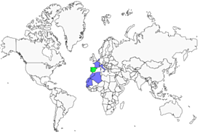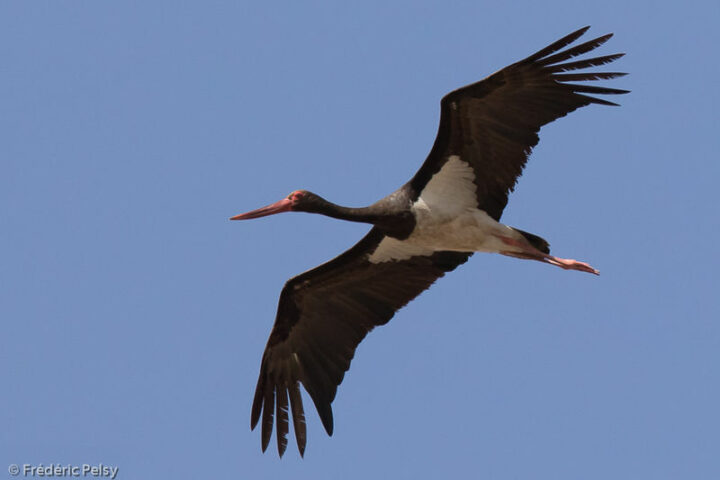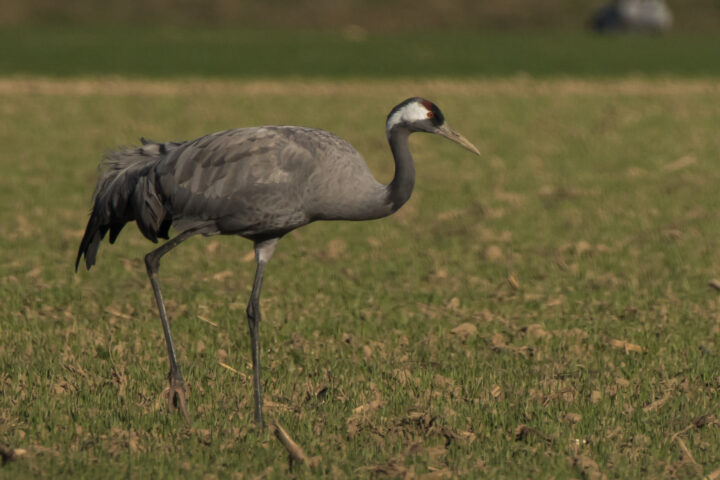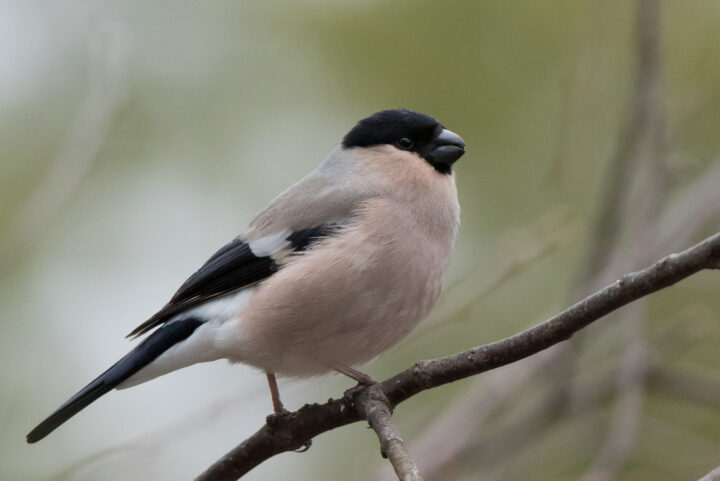spanish imperial eagle
Aquila adalberti
Classification
- Order: Accipitriformes
- Family: Accipitridés
- Genus: Aquila
- Species: Adalbert
descriptor
- Linnaeus, 1758
biometrics
- Size: 85 cm
- Wingspan: 190 to 210 cm
- Weight: 3000 to 3500 g
Distribution

bird song
Find out more about the bird song
IUCN CONSERVATION STATUS

Share
IDENTIFICATION
The Spanish Imperial eagle is one of the rarest birds of prey on the European continent, and is characterised, in the case of the Aldebert subspecies which breeds only on the Iberian peninsula, by a description in the coloration of its plumage which differentiates it quite clearly from the heliaca type race.
It is a strong-bodied eagle with an on its back an almost uniform reddish-brown surface with irregular white patches on the shoulders, slightly larger than those of the heliaca form. Adult plumage is very dark brown, with occasional reddish tones on the upper back.
The feathers on the head and neck are very light and characteristically lanceolate, usually yellowish or creamy white, and from afar seen as completely white, especially in older eagles. The forehead is dark brown, sometimes almost black, but the most remarkable detail of its plumage is undoubtedly the white front edge of the wings and the pure white shoulder patches which vary in size, probably depending on the age of the birds. The upper part of the tail is light grey, frequently almost white or dotted with brown, with a broad black sub-terminal band and white rectrices. The rest of the plumage is dark brown, almost blackish. The irises are hazel, and the beak and legs are yellow.
Eaglets are pale reddish with a whitish throat and rump. The tail may be reddish brown or greyish with an ochre-yellow tip, a colour they quickly lose with the first moult. In flight, an extensive whitish patch at the base of the primary wings is easily discernible. The irises are dark brown and the beak and legs yellow. Around the age of two or three, dark brown feathers appear on the throat, breast and upper and lower parts of the wings. The belly is still yellowish. The definitive adult plumage is reached between the age of 6 and 8.
HABITAT
The Spanish Iberian eagle lives in mountainous areas, but not at very high altitudes as the species requires large trees and open land at the foot of slopes for hunting. It often lives at low altitudes in meadows with sparse trees. It seems that its habitat is logically conditioned by the abundance of prey, so that it can reduce the size of its territory if the density of eagles is high. Under these conditions, nests can be separated by short distances. In the south-west of the Iberian Peninsula, the Imperial Eagle’s biotopes more or less coincide with those of the Black Vulture. Its nest is often found close to that of the Monk Vulture. Its strong presence in the south-western quadrant of the Spanish provinces can be explained above all by the abundance of lagomorphs (wild rabbits, hares) in this area, which seem to form a major part of its diet.
GallerY








Find all the walls
15 walls
Place
14-16 Penpoll Road,London
Fresque
Hummingbird by Claire Ward ThorntonPar
Claire Ward-ThorntonOiseau
Ruby-throated HummingbirdPlace
Aknīste – Gārsene – Ausmas,LV-5218 Gārsene,
Lettonie Zemgale
Fresque
Black storksPar
Anda LāceOiseau
Black StorkPlace
Bruxelles BelgiqueFresque
Turtle DovePar
Aurore VegasOiseau
European Turtle DovePlace
Jarrestraße 20,22303 Hamburg,
Allemagne
Fresque
COMMON KESTRELPar
Hanadi ChawafOiseau
Common KestrelPlace
Lisbonne,Portugal
Fresque
Vulture & EaglePar
Tatiana SaumOiseaux
Spanish Imperial Eagle, Cinereous Vulture.Place
Kišpatićeva ul. 12,10000,
Zagreb,
Croatie
Fresque
Common KingfisherPar
Chez 186Oiseau
Common KingfisherPlace
1 Boulevard de Dresde,67000 Strasbourg,
France Grand Est
Fresque
Eurasian CurlewPar
Philippe BaudelocqueOiseau
Eurasian CurlewPlace
Tabor,1000 Ljubljana,
Slovénie
Fresque
Little TernPar
ŠkartOiseau
Little TernPlace
Roodborststraat 18,3083 WB Rotterdam,
Pays-Bas
Fresque
The European RobinPar
Marloes de KiewitOiseau
European RobinPlace
35 Rue du Général Leclerc92130 Issy-les-MoulineauxFresque
Five birds by MantraPar
MantraOiseaux
Common Kingfisher, Barn Swallow, European Goldfinch, Eurasian bullfinch, Lesser Spotted Woodpecker.Place
Place Seigneur de Monlezun,Sempesserre
Fresque
The Red PartridgePar
Adèle RenaultOiseau
Red-legged PartridgePlace
Ss Cyril & Methodius 44,Skopje 1000,
Macédoine du Nord
Fresque
Egyptian VulturePar
Dorotej NeshovskiOiseau
Egyptian VulturePlace
2 Place des Marseillaises,Marseille
Fresque
6 Mediterranean and American birdsPar
FikosOiseaux
Eurasian Hoopoe, Western Black-eared Wheatear, Blue Rock Thrush.Place
299 Avenue de l’Adour,Anglet
Fresque
11 migratory birds of the Basque coastPar
MioSHeOiseau
Common cranePlace
84 Rue du Chemin Vert,Boulogne-sur-Mer





















